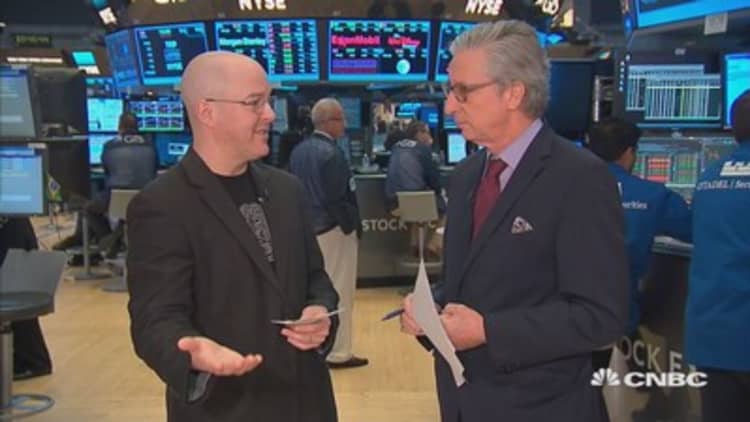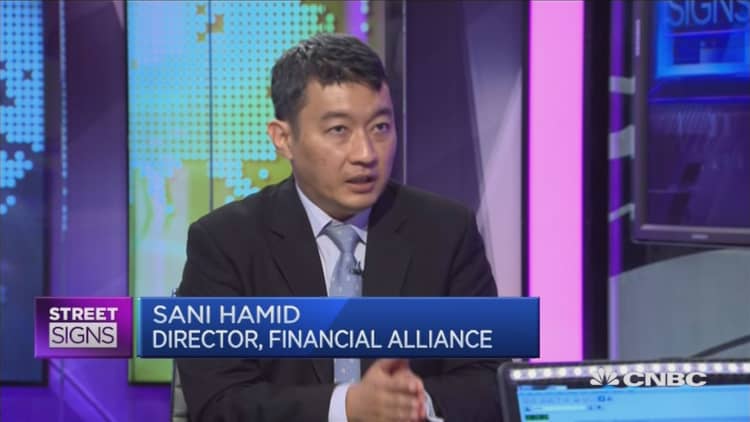
When it comes to stocks, the best advice is to stick with the old adage and follow the money.
More and more, "follow the money" means following flows into exchange traded funds. And July is continuing the strong trend we have seen all year, with $23.4 billion of investor money flowing in, finally putting ETFs in the U.S. over the $3 trillion mark in assets under management, according to ETF.com.
To give you an idea of how strong the flows have been, last year ETFs had record inflows of $287 billion the entire year. We're at $272 billion in inflows in just the first seven months.
Put another way: the inflows in the first seven months have equaled about 9 percent of all the ETF assets under management. That is a lot of money coming in.
Several trends stand out, but the most noticeable is that money keeps pouring into bond ETFs. iShares Corporate Bond, iShares High Yield, and Vanguard Intermediate Term Corporate Bond all had significant inflows. Why? With bond yields staying stubbornly low, investors are going anywhere they can to find yield.
"Investors are bored," Dave Nadig, head of ETF.com, told me during a visit today to the NYSE. "The S&P is up over 9 percent this year, but the VIX is at 9, so investors are chasing emerging markets, and the junkier end of the bond spectrum."
Not everyone is convinced rates are going to remain low forever. After lagging all year, money has finally started to flow into financials, clearly a bet that rates will be rising.
But as a general rule, it's certainly true that investors are just not into the safety plays right now. Look at gold, which saw $2.4 billion in outflows, nearly 8 percent of its assets under management. Gold miners also saw outflows.
International funds have been stars all year, and remained so in July. Funds like iShares EAFE, which invests principally in Europe, and the iShares Emerging Markets, which invests principally in China, South Korea, India, and Brazil, both saw significant inflows. Flows into IEFA, for example, are up over 40 percent this year.
Finally, as the mostly passive (indexed) ETF business keeps growing, the outcry from active managers continues unabated. But Blackrock, the biggest ETF provider through its iShares franchise, which this month celebrated the fifteenth anniversary of the first bond ETF, quietly pointed out that ETFs are still a tiny part of the bond and stock market, about 8 percent of the roughly $26 trillion stock market, and less than 1 percent of the roughly $38 trillion bond market.
"We are 25 years away from the question, is passive big enough to displace price setters?" Martin Small, the head of iShares America, told me last week.
WATCH: Are there too many people in ETFs?



